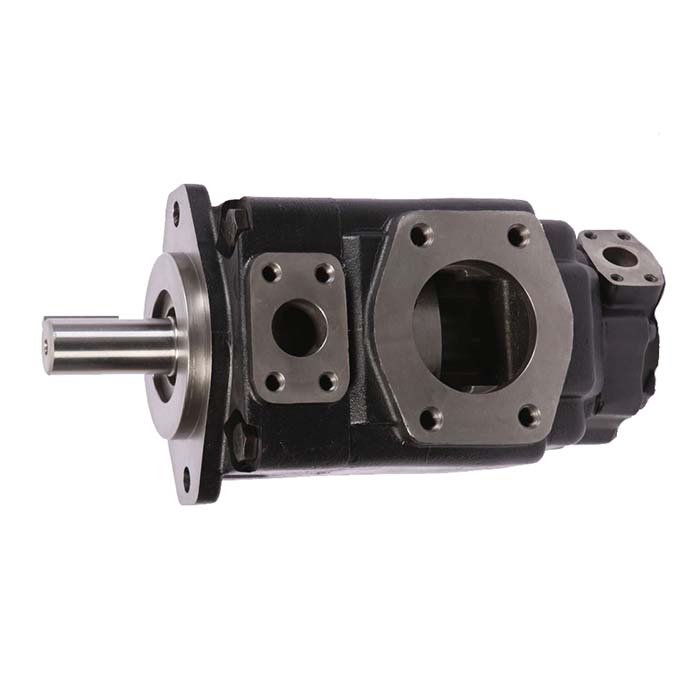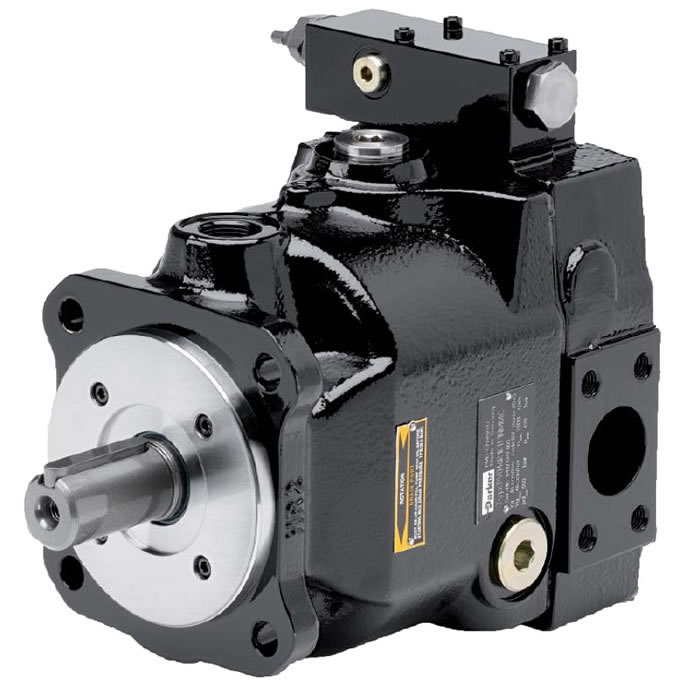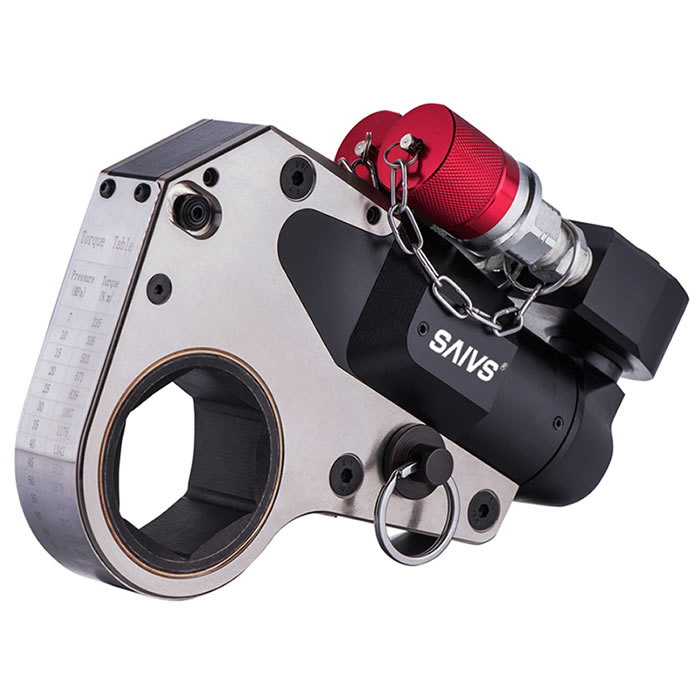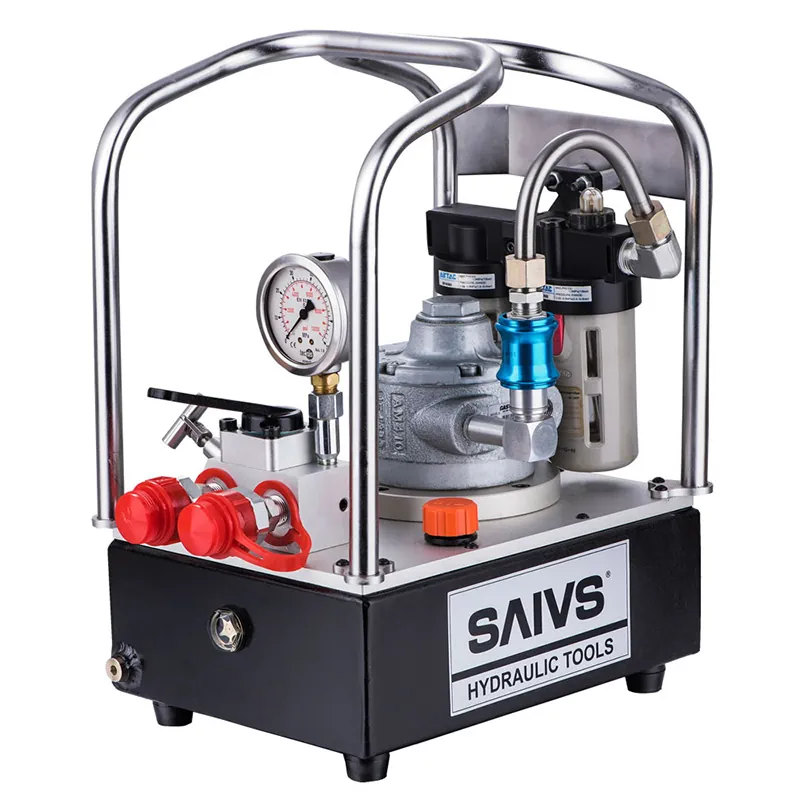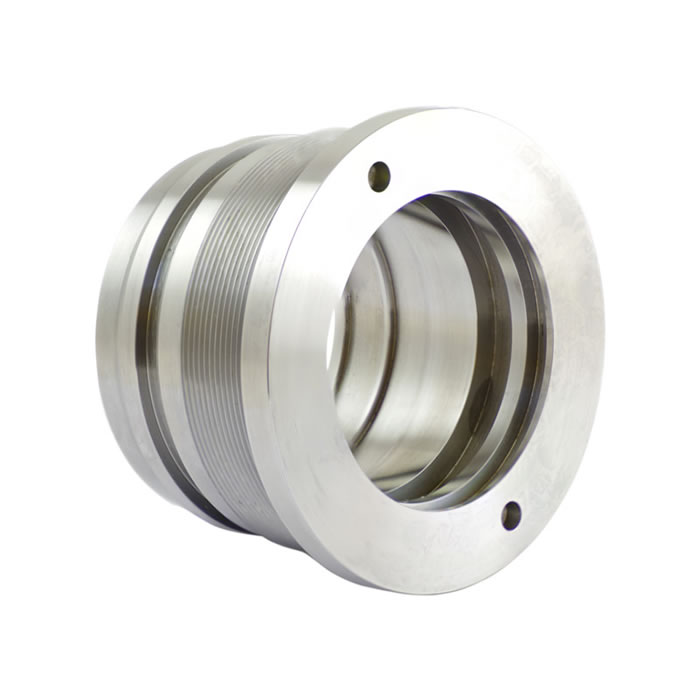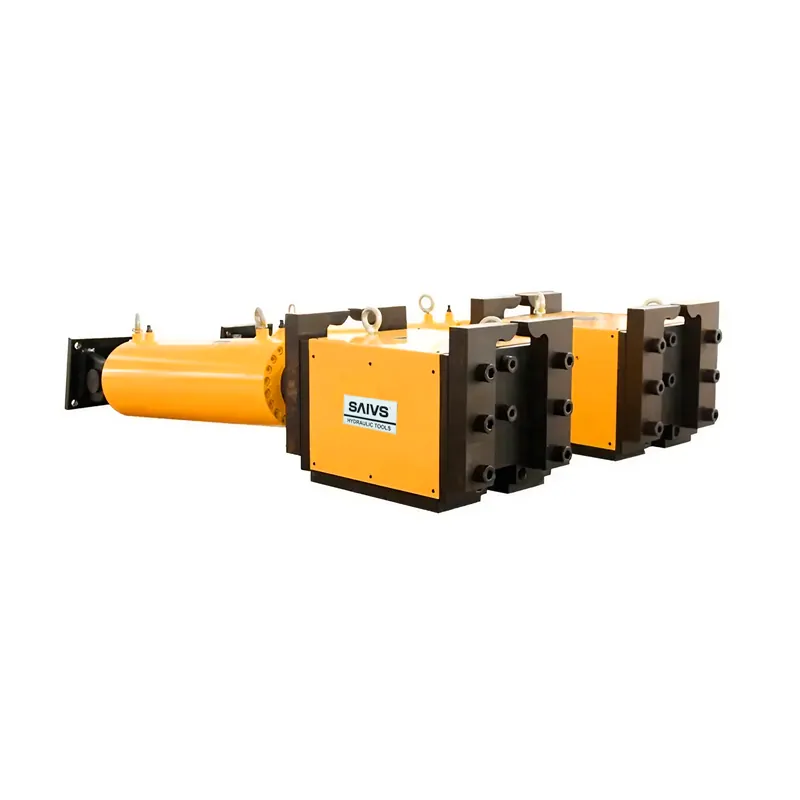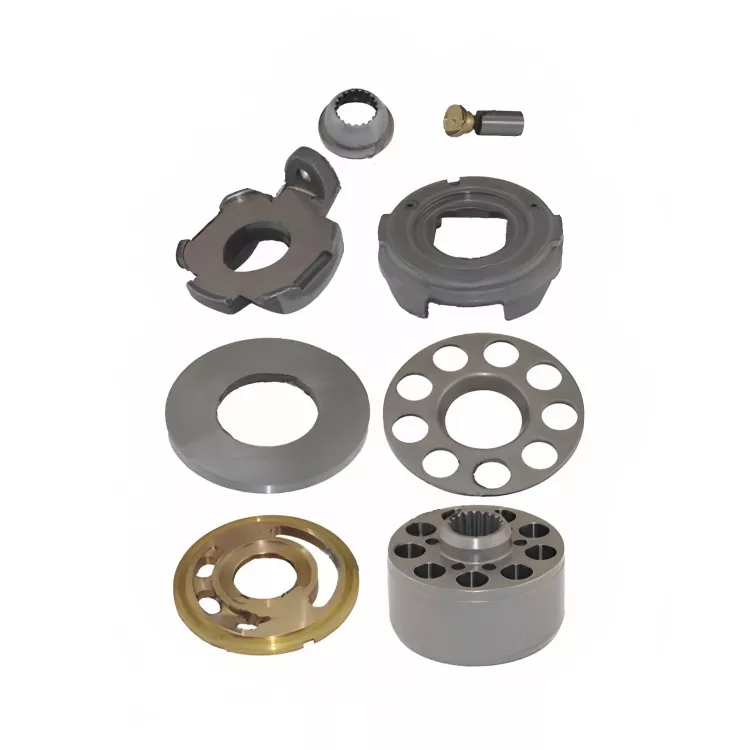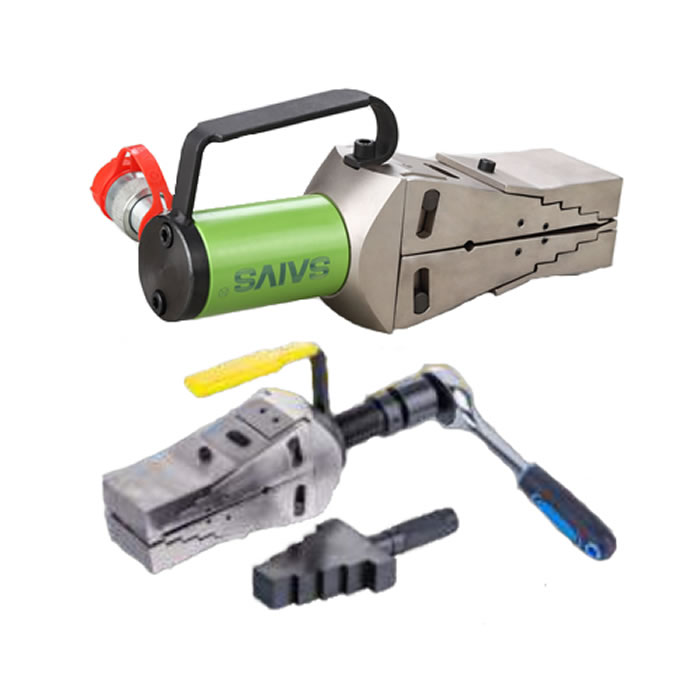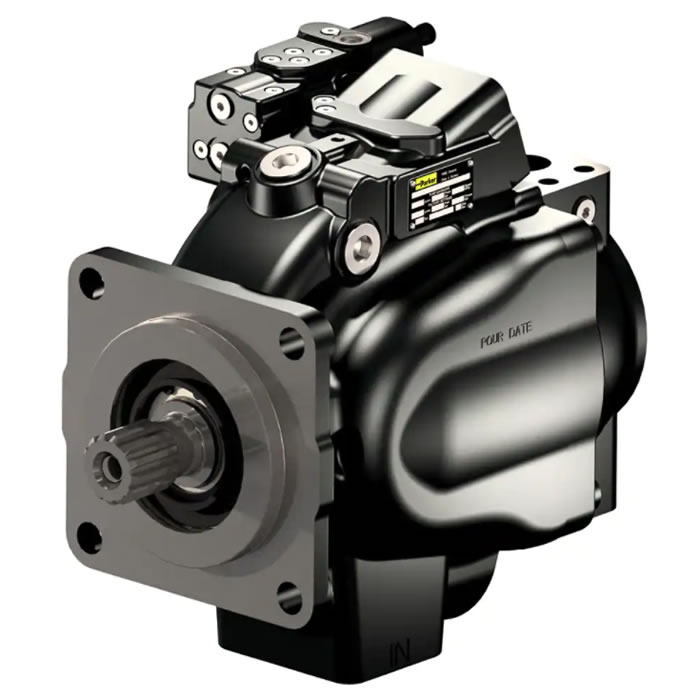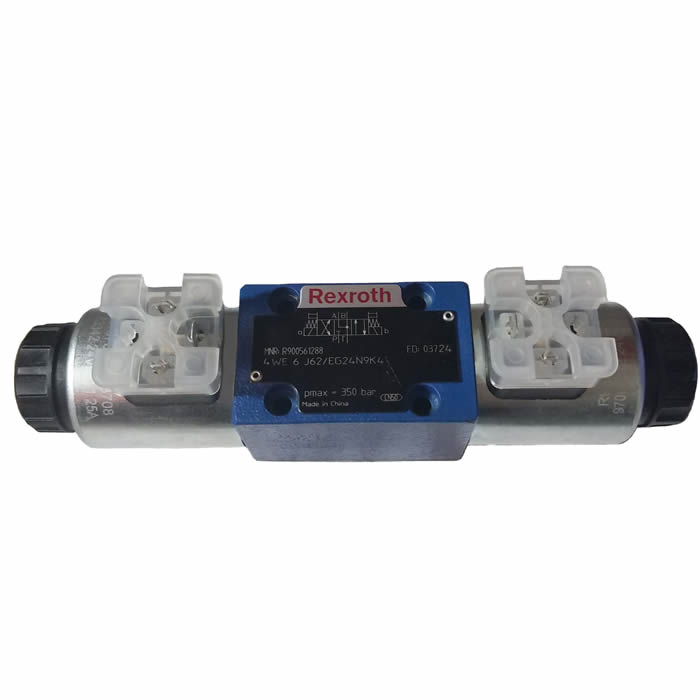Parker hydraulic oil pump insufficient pressure repair
1. Parker hydraulic oil pump insufficient pressure fault manifestation
During the use of Parker hydraulic oil pump, if the problem of insufficient pressure is found, there are usually some obvious manifestations. For example, the working efficiency of the Hydraulic System is reduced, the actuator moves slowly, or even cannot work normally. In addition, there may be problems such as increased oil temperature and oil deterioration. These phenomena may indicate that the hydraulic oil pump has insufficient pressure.
2. Reasons for Parker hydraulic oil pump insufficient pressure
There are many reasons for insufficient pressure in the hydraulic oil pump. Common reasons include:
The internal wear of the hydraulic oil pump is serious, resulting in increased internal leakage, which affects the pressure output.
Insufficient oil in the oil tank leads to insufficient oil suction, affecting the flow and pressure of the hydraulic oil.
Air or water mixed in the hydraulic oil causes changes in the density and viscosity of the oil, affecting the pressure output.
Failure of hydraulic components such as overflow valves and pressure reducing valves leads to failure of pressure regulation, which affects the pressure output of the hydraulic oil pump.
Oil pipeline blockage or oil leakage at the joint of the oil pipe will also affect the pressure output of the hydraulic oil pump.
3. Repair methods for Parker hydraulic oil pump insufficient pressure
Different repair methods are needed to solve the problem of Parker hydraulic oil pump insufficient pressure according to different reasons. The following are some common repair methods:
For the problem of internal wear of hydraulic oil pump, it is necessary to replace the severely worn parts such as plunger, cylinder, etc. At the same time, it is necessary to check and adjust the clearance and stroke of the pump to ensure its normal operation.
For the problem of insufficient oil in the oil tank, it is necessary to check the oil level of the oil tank and add enough hydraulic oil. At the same time, it is necessary to check whether the oil suction pipeline is unobstructed to prevent insufficient oil suction.
For the problem of air or moisture mixed in the hydraulic oil, it is necessary to replace new hydraulic oil and check whether the seal is intact to prevent air or moisture from entering the hydraulic system.
For the problem of failure of hydraulic components such as overflow valve and pressure reducing valve, it is necessary to check and replace the faulty components. At the same time, it is necessary to check and adjust the clearance and stroke of the valve to ensure its normal operation.
For the problem of oil pipeline blockage or oil leakage at the joint of the oil pipe, it is necessary to clean the entire hydraulic system and replace the seals and damaged components. At the same time, it is necessary to check and adjust the installation position of the pipeline and components to ensure their normal operation.

